adem
d'ethnomusicologie
Afro-fusion dances - youth
Dominique Rey
Africa | Youth audience
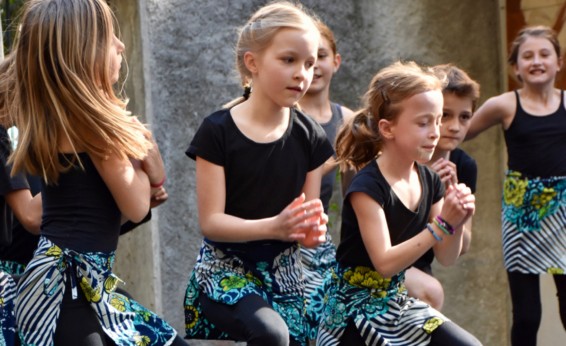
The Yata dans’ association, which promotes encounters between African dance, Afro-Brazilian dance and contemporary dance, had a strong desire to introduce a younger public to these diverse physical languages.
This introductory dance class aims to explore the different possibilities of a body in movement by linking it to natural elements such as water, fire, earth – the elements form the common thread. Classes draw inspiration from Afro-Brazilian dance and those of African origin, which, from their strong symbolic component and their rich gestural language, bestow a particular meaning to movements and are characterised by their direct link with the everyday. They also lend themselves readily to imagery and narratives.
Classes are structured and based around the Silvestre Technique, which was devised by the pedagogue and choreographer Rosangela Silvestre. This method creates a link between nature, symbolic elements and dance, in a progressive programme that allows for the development of awareness of the body, as well as the exploration of its mechanics and its expressive capacity.
Through the symbolism of Afro-Brazilian dance, this workshop explores the elements of nature by stimulating children’s creativity through movement. The programme includes tales, costume making and short dance performances.
Bio
Dominique is trained in cotemporary/modern and African dance. Her interest in Mandinka dance led to numerous trips to Mali and Burkina Faso, where she improved her practice amidst the dancers in the National Ballet of Bamako and in the Yelemba de Bobo-Dioulasso (Burkina Faso) dance troupe. Her goal is to create conversations between contemporary dance and the traditional African forms. Her discovery of the Silvestre Technique in 2003, which links Afro-Brazilian and modern dance, echoed this pursuit and greatly influenced her work and direction in dance. This was also the year she founded the Yata Dans’ association with Luanda Mori.
She has danced with the Kinkiliba troup (Eléna Emery), in the first creations of Filibert Tologo (Kouman/2006 and Entre-Deux/2007), with Luanda Mori (Sopro-Souffle/2010) and Alidou Yanogo (La trace des pas de l’invisible/2013). She also teaches contemporary African dance to adults and children.
PLACE :
Thursday : ADEM, rue de Montbrillant 10, 1201 Genève
Friday : Ecole des Cropettes (salle de rythmique), rue Baulacre 8, 1202 Genève
TIMETABLE :
Thursday : : 16h30-17h30 (8-10 years)
Friday : 16h20-17h05 (4-7 years) - 17h10-18h10 (11-13 years)
FEES :
Thursday : 255.-/quarter - ADEM's membership mandatory (50 frs)
Friday : 4-7 years : 245 frs/quarter - 11-13 years : 255.- /quarter - included musicien 1 or 2x/month
Discount 10% for same family's members
CONTACT :
Dominique Rey : 076 615 78 73
Email : dominiquerey2002@yahoo.fr
Course offered within the framework of the Activités extrascolaires du service des loisirs éducatifs/DIP, in collaboration with the ADEM.
Service des loisirs éducatifs - DIP - 022 546 21 10
Email:
sle.extrascolaires@etat.ge.ch
www.ge.ch/loisirs_jeunes
Crédits photos : Gilbert Badaf, Journée portes ouvertes 2024
Site web : www.yatadans.ch
Page Facebook : Association Yata Dans'
Page instagram : dominique_coursafro
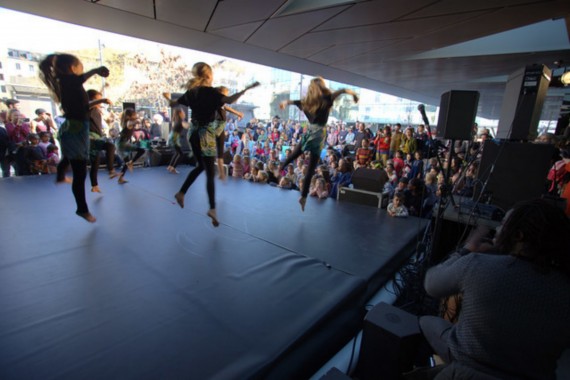
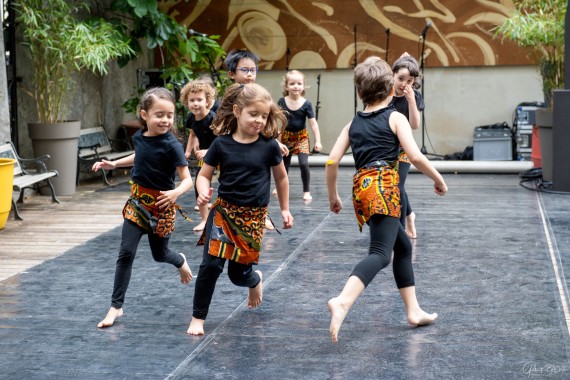
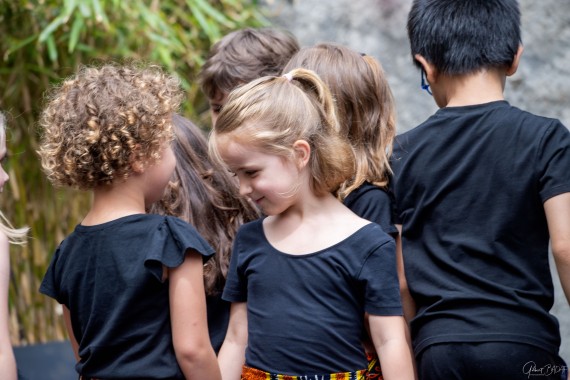
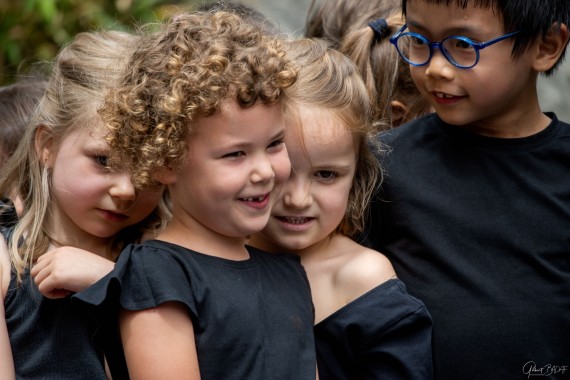
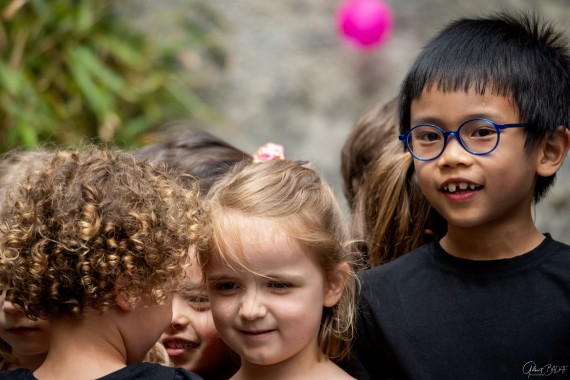
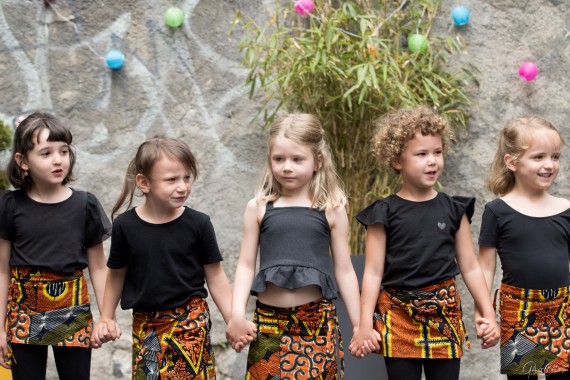
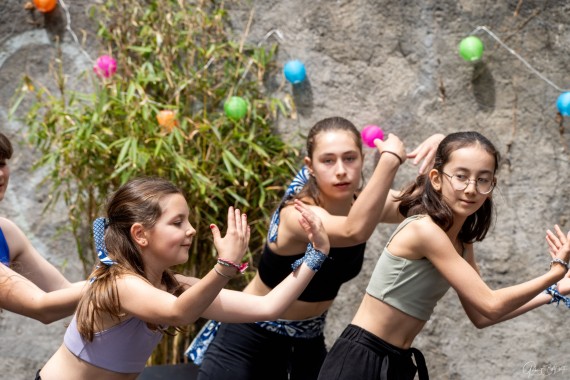
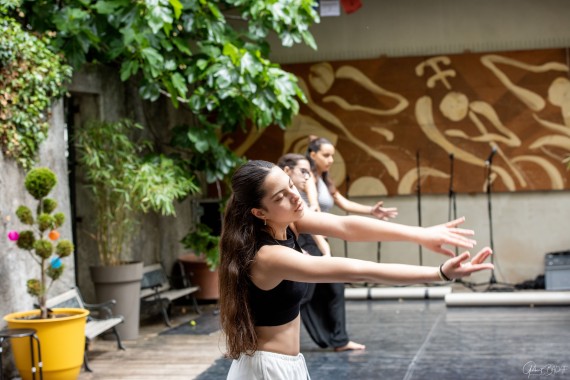
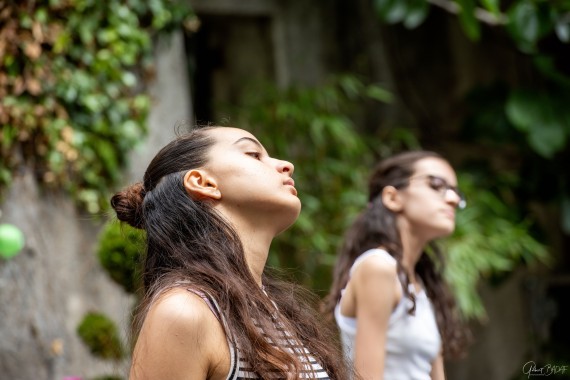
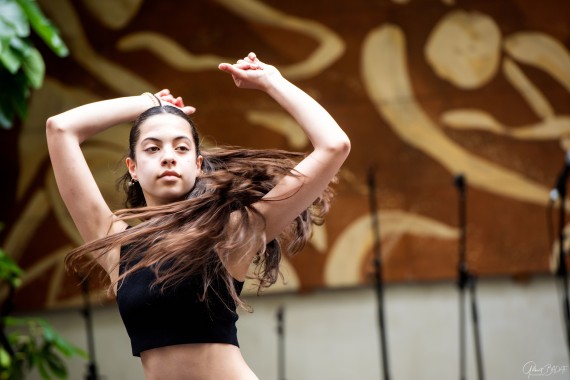
Discover other classes
Bulgarian Folk Dances
Dimitar Bogdanov
The specific rhythms including asymmetrical measures (5/8, 7/8. 9/8, etc.) and the variety of melodies and dances appeal to the diverse audience.
Dhrupad
Namrata Dentan
Dhrupad is the oldest surviving classical musical tradition in North India. The accuracy of the voice of sound frequencies and micro-tones are the essence of Dhrupad.
Hispanic American Guitar
Paco Chambi
Paco Chambi teaches guitar classes based on the Latin American music tradition (classical and popular), but also teaches other repertoires according to the interests and requests of the students.